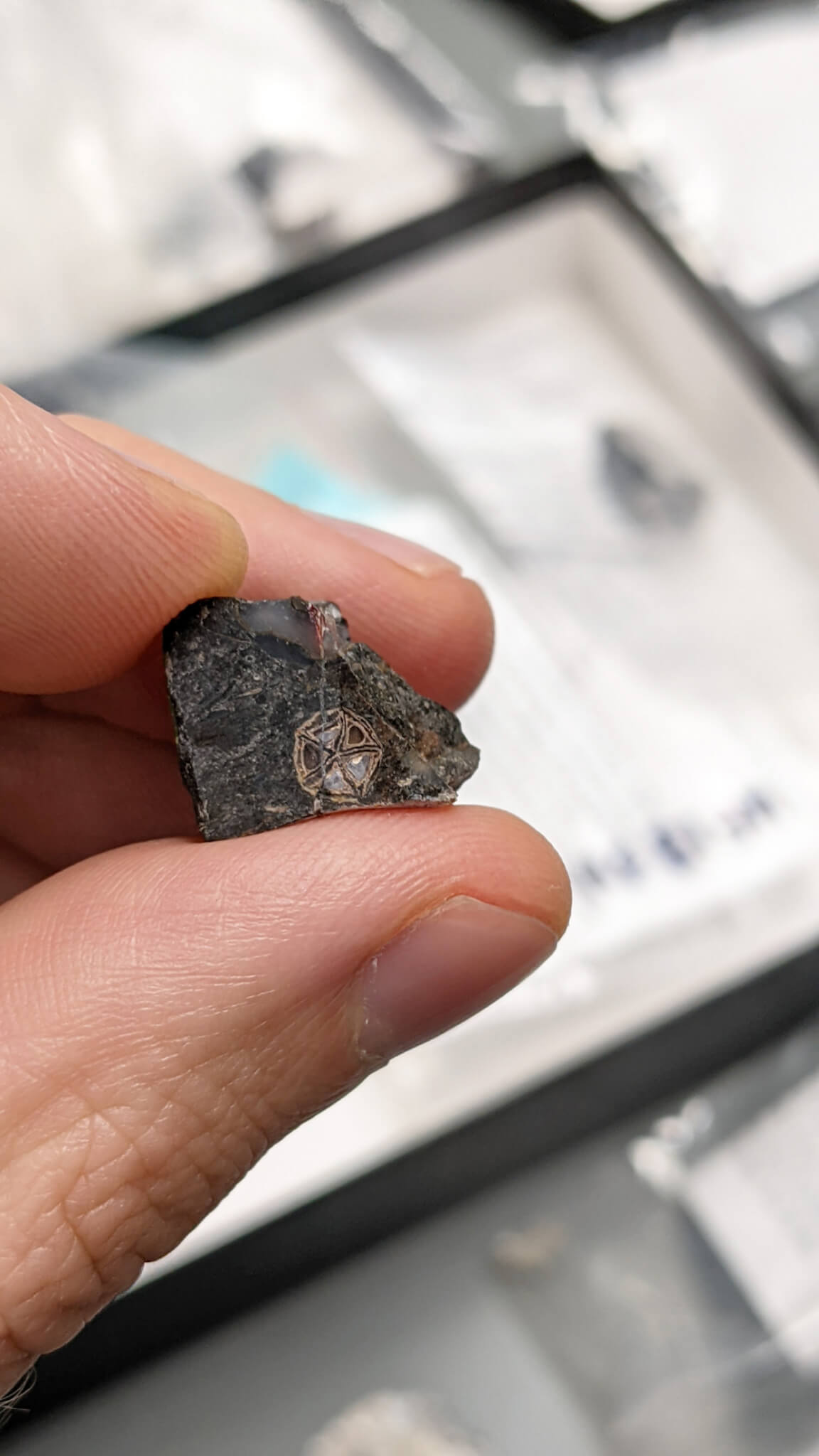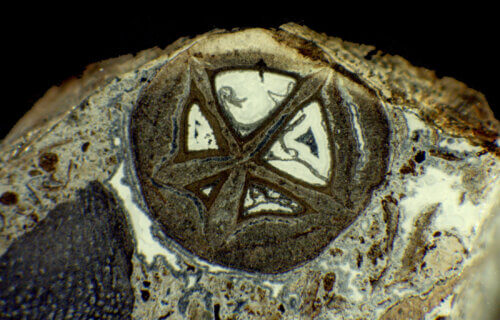GAINESVILLE, Fla. — After 50 years, scientists have made a biblical discovery, tying an ancient fruit fossil to the frankincense and myrrh family. In the early 1970s, a paleontologist first discovered the mysterious artifact near an Indian village. Amidst the gray chert fields, there were small bead-like fossils, initially believed to be part of the enigmatic Enigmocarpon fruit. However, this recent breakthrough is shedding new light on the prehistoric plant.
Steven Manchester, a paleobotanist at the Florida Museum of Natural History, utilized advanced CT scanning to create detailed 3D reconstructions of these fossils. It was during a review of these images with Walter Judd, a colleague at the museum, that they made an astonishing revelation.
“When I showed him the 3D images, he said ‘those aren’t seeds. Those are pyrenes,’” Manchester recalls in a media release.
Pyrenes are sturdy, protective pods that encase seeds in many fruits, similar to the hard cores found in cherries or peaches. Identifying these tiny structures, as small as snowflakes, was challenging. Traditional methods, which involved dissolving fossils in acid and examining them under a microscope, had failed to reveal their true nature.

After examining the fossils’ unique characteristics, including the arrangement of five seeds in a pentagram, Manchester and Judd deduced that these fossils belonged to an extinct species in the Burseraceae family, known for producing frankincense.
These fossils hold significant historical value. They were found in layers of basalt from one of Earth’s largest volcanic eruptions, dating back to when India was an island near Africa.
“The fossils were preserved at times of quiet between the eruptions,” Manchester says. “Ponds and lakes formed on the relatively fresh lava flows, and vegetation, including wood and seeds, were washed into them and covered by sediment.”
This volcanic activity occurred around the same time as the asteroid impact that ended the Cretaceous period.
The discovery of these fossils predating the asteroid impact is groundbreaking. It suggests that the Burseraceae family is older than previously believed, offering new insights into the origins and evolution of these plants. While ancient Burseraceae species are found across various continents, the climate changes over millions of years have shifted their distribution predominantly to the southern hemisphere.
This finding challenges the previous belief that the Burseraceae family originated in the northern hemisphere. The Indian fossils hint at a possible southern hemisphere origin, reshaping our understanding of plant evolution and continental drift.
“It could be that we just don’t have rocks of the right age in Europe to indicate that they were there, but this shows that we can’t dismiss the southern hemisphere as a point of origin,” Manchester concludes.
The findings are published in the International Journal of Plant Sciences.
You might also be interested in:
- 3,000-year-old piece of fabric found in Israel matches description of royal purple in the Bible
- Origins of flowers traced back to fossilized plants from 126 million years ago
- Flower power: Ancestors of modern-day plants survived mass extinction of the dinosaurs


Whatever a fossil is, it isn’t an artifact. Kind regards.